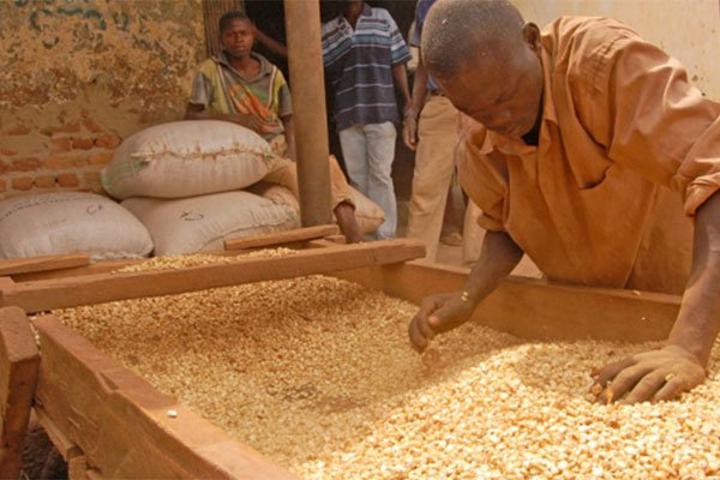Africa-Press – Uganda. Even after Kenya lifting the ban on imports of maize from Uganda, the dust is yet to settle. Indeed, more efforts are still required to improve the quality of our produce in order to boost the volume of exports, but also to attract better prices.
Uganda has been in a trade dispute for some time, with Kenya locking out a number of the products from the former such as milk, sugar, sugarcane, and eggs, among others.
Uganda exports at least 90 per cent of its maize to Kenya with a cumulative average of 330,620 tonnes, according to data from Bank of Uganda. Between January 2020 and January this year, Uganda’s maize exports stood at 351,420 tonnes with a monthly average of 50,203 tonnes.
Some farmers allege that low financial investment in the agricultural sector is one of the major hindrances to improved productivity and agro-industrialisation in Uganda.
But farmers with assistance from government should invest in appropriate post-harvest handling facilities to reduce losses and attain the quality required in both local and international markets.
Kenya, despite experiencing scarcity and low supply of maize at the local market, had cautioned against importing maize from Uganda claiming it contained aflatoxins.
Aflatoxins are one of the dangerous food toxins that start as a mould on a cereal due to high moisture content. It attacks the embryo of a cereal and contaminates it. Harvesting on time and poor drying methods are still challenges for farmers.
Now Kenya has lifted the maize ban with tougher conditions. Therefore, our farmers should adopt new ways of drying maize to limit contamination. Drying of maize should not be on bare ground rather should use tarpaulin or other materials to dry the ir cereals.
Sun-drying maize on the ground exposes it to moisture absorption. While sun-drying is the most common method of drying maize grain, it should be replaced with maize shelling under a shelter to prevent physical damage of the grain. Many farmers also have poor storage facilities. Government should invest in well-ventilated warehouses to ensure that the grains do not get contaminated before reaching the markets.
Maize should be placed above the floor to avoid cold conditions that may lead to moulds. Besides, government should also give clear guidelines on post-harvesting practices and storage that will ensure aflatoxins do not thrive.
Large scale and commercial farmers should invest in mechanised harvesting using machines such as combine harvesters. The machines simultaneously harvest and remove ears, shells and do partial cleaning of the grain. This will ensure we produce quality produce and minimise losses.






